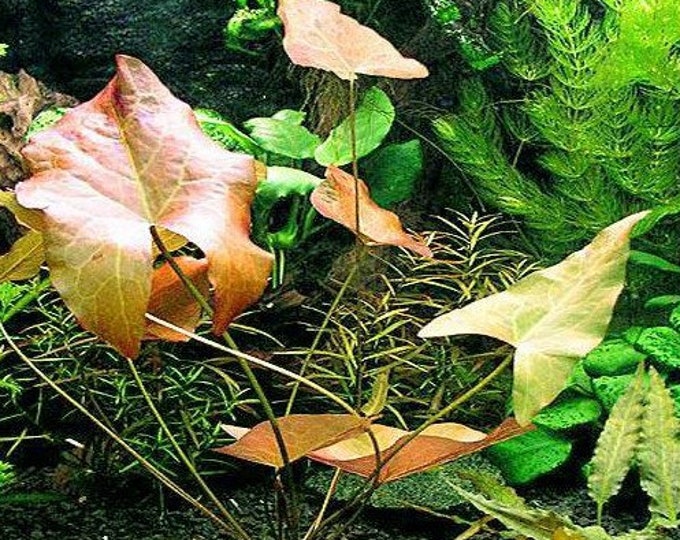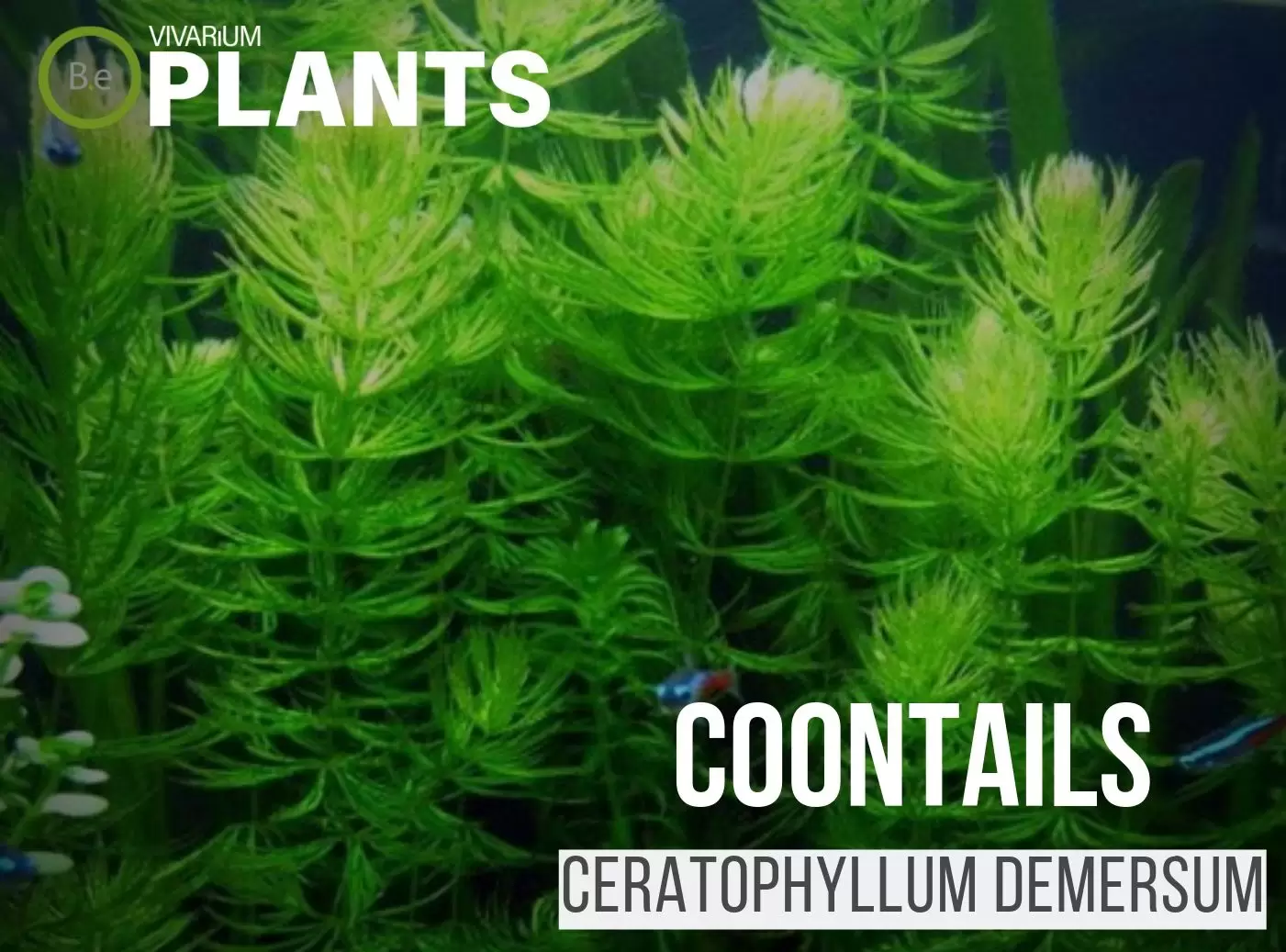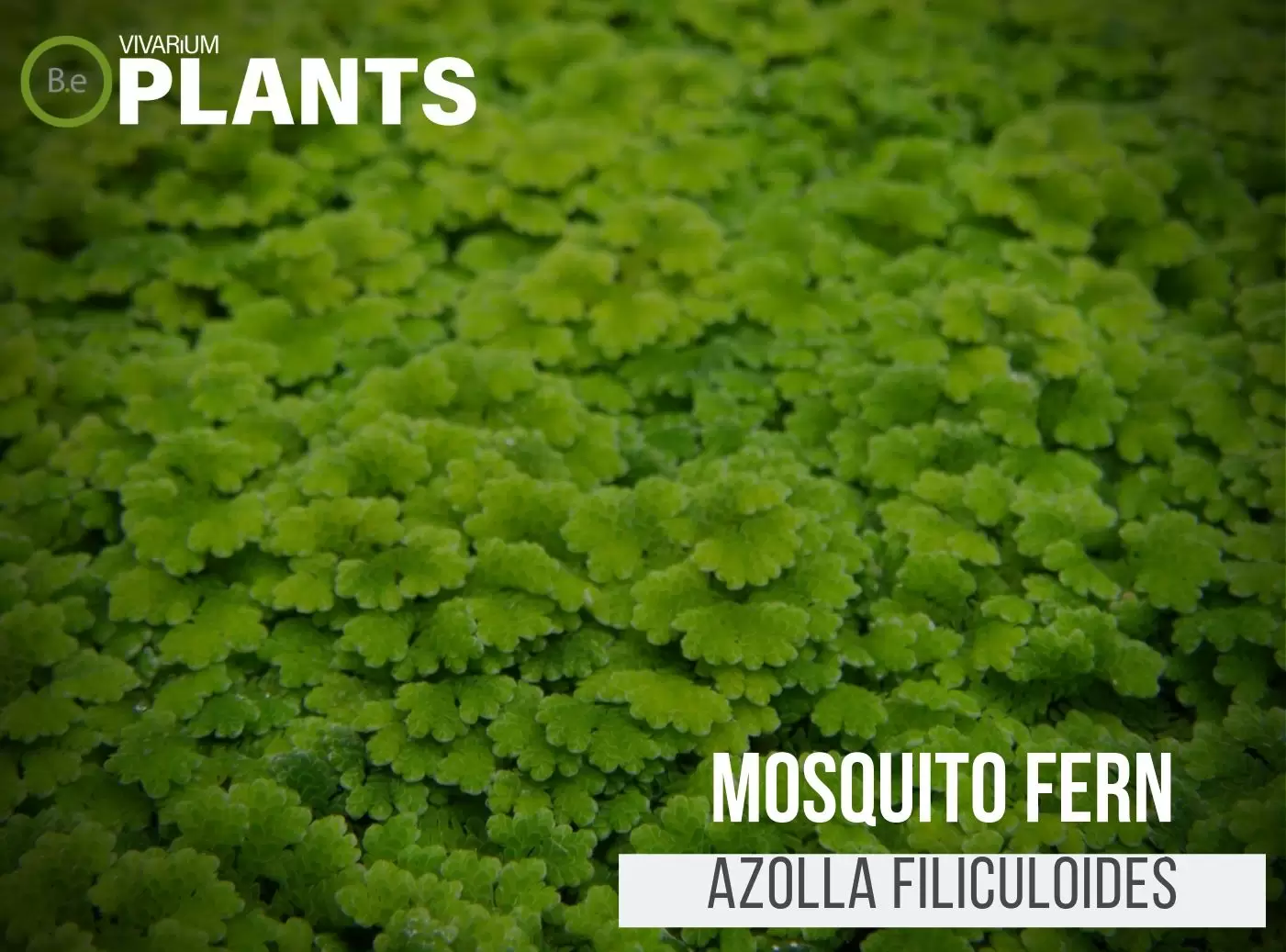Dwarf Water Lily, or Nymphaea stellata, is a unique aquatic floating plant that adds a delightful touch of beauty to any water garden.
Its delicate white flowers are captivating, and its subtle presence is both calming and inviting. Not only does this plant make a wonderful addition to any water garden, but it is also easy to grow and maintain.
In this article, we will discuss the features of this special plant and provide tips on how to care for it in any water garden.
| Quick Stats: | |
|---|---|
| Scientific Name | Nymphaea stellata |
| Common Name | Dwarf Aquarium Lily, Dwarf Water Lily, Water-Lily |
| Family Name | Nymphaeaceae |
| Habitat | Rivers, Brooks, and Steams. |
| Temperature | 70°F to 82°F |
| Height | 3-6 inches |
| pH | 6.5 – 7.5 |
| Lighting | Moderate, Indirect |
What Is Dwarf Water Lily?
Nymphaea stellata is a unique water lily that is considered to be a “Dwarf” due to its compact size, which is perfect for nano aquariums.
It was first discovered in the river Ganges in India, but it is a hardy plant and can be found in many countries all over the world.
The plant has a delicate appearance, with green roundish leaves and white flowers.


Dwarf Water Lily Facts
Nymphaea stellata is an excellent source of food for aquatic animals and aquatic invertebrates. Many animals such as fish, snails, shrimp, frogs, and crayfish will feed off of it.
Its rhizome root system is hardy and helps to keep the water clean. Furthermore, its slow-growing habit makes it easy to control.
Description
The Dwarf Water Lily is a wonderful aquatic plant often found in rivers, lakes, and shallow streams.
The plant has a short stem and grows up to 3-6 inches tall. Its green leaves are rounded, have a glossy shine, and appear as if they are floating on top of the water.
The edges of the leaves can be smooth or heavily serrated, and when in bloom the white flowers have lovely yellow markings that attract insects.
Habitat
Nymphaea stellata is found naturally in shallow permanently flowing bodies of water, such as small rivers, brooks, and steams.
That said, it is an adaptable plant and can also be found in lakes and ponds as long as the water conditions are not too extreme.
pH Preference
The Dwarf Water Lily prefers slightly acidic waters, meaning it thrives in slightly acidic habitats and does best with a pH range of 6.5 to 7.5. Too low or too high pH levels can cause the plant to deteriorate, stunt growth, and eventually die.
Vivarium Type
Dwarf Water Lily, or Nymphaea stellata, is a versatile aquatic floating plant that can thrive in a variety of vivariums.
In Freshwater aquariums, these will add a unique touch of beauty to the tank while providing oxygen to the fish.
In paludariums, they can be planted in the water to add visual interest.
In ripariums, they will float on the surface of the water and provide a stunning contrast to the other plants and rocks in the setup.
Regardless of the type of vivarium, Dwarf Water Lily is sure to add beauty and grace to any water garden.
Vivarium Placement
Nymphaea stellata is an aquatic plant, so it is best situated in shallow parts of the vivarium that are fully submerged in water. It should also be provided with plenty of room to spread out and spread its roots.
It is best used as a background plant and can be placed on the back wall of the tank to create a paradise effect.
Substrate
The Dwarf Water Lily thrives in nutrient-rich soils and needs a substrate with a lot of nutrients. This can be achieved by adding aquarium soils that have a mixture of clay, peat moss, and sand.
Organic fertilizers such as fish meal, seaweed meal, and shrimp meal can also be used to provide the plant with additional nutrients.
Lighting
Nymphaea stellata is a low-light aquatic plant, meaning it can flourish without high light intensity. Natural sunlight and bright white LEDs with Kelvin ratings between 6,000K and 8,000K are perfect for this plant.
Buy Dwarf Water Lily
When looking to purchase a Dwarf water lily, there are a few key indicators you should look for. Buying the best quality plant will help give you the best shot at growing the fern successfully.
The plant should be snail free along with any other type of pest. The source of Nymphaea stellata will usually be sold in small clumps, ready for you to propagate.
The batch should arrive fairly moist and with vivid colors. Try to stay away from sources that provide dried-out or dull-looking plants.
Click the image below to find out more about the current price and other relative info:
Dwarf Water Lily Care and Propagation
Nymphaea stellata propagates through rhizomes so it is important to trim the rhizomes regularly to keep the plant looking tidy and vibrant. Propagation can also be done by dividing the rhizomes and replanting them in fresh soil.
How to grow
The Dwarf Water Lily should be grown in shallow water with temperatures in the 70-82°F range. It should be planted in nutrient-rich soil in a bright area, making sure to water it regularly and provide adequate air circulation for optimal growth.
Water Requirements
Nymphaea stellata likes to be in at least 1–2 inches of water with weekly water changes. It can survive in shallow water and is tolerant of muddy waters as well. It is an easy-to-maintain aquatic plant and does not require regular fertilization.
Plants Similar To Dwarf Water Lily
Even though some hobbyists enjoy sticking to a specific theme when building an enclosure, that does not mean that only one type of plant must be used. Adding diversity and versatility is crucial to creating a captivating vivarium.
Mix up the look of your vivarium with different flora that can easily co-exist in the same types of environment. Not only will it be more pleasing to the eye, but it will also make the tank look more realistic.
Furthermore, if for some reason you are having a hard time getting your hands on this plant… Here are some other aquatic options that may do well with or in place of Nymphaea stellata:
Conclusion
Nymphaea stellata is a great choice for aquariums of all sizes. Its hardiness and acceptance of low light make it suitable for beginners, while its easy-to-manage size and beauty make it ideal for more experienced aquarium keepers.
With its majestic white flowers, captivating leaves, and shallow water requirements, this plant is bound to captivate any aquarium enthusiast.
Frequently Asked Questions
Dwarf water lilies typically reach a maximum height of 3–6 inches.
Water lilies can be a problem because they form large mats that block sunlight and oxygen from entering the water beneath them, reducing water quality and making it difficult for aquatic life to survive. They can also cause flooding when they grow out of control.
Yes, water lilies can help keep ponds clean. Their roots act as a natural filter, trapping debris like leaves and dirt that sink to the bottom of the pond and helping to reduce the number of harmful bacteria like algae. They also provide shade to the water, reducing the growth of algae and other unsightly organisms.
Yes, water lilies can help clean pond water. They help to reduce algae growth and consume nutrients that feed algae. Additionally, the pads of water lilies act as a filter, trapping any floating debris like leaves, dirt, and insects.
No, Nymphaea (water lilies) are not poisonous.
It typically takes a dwarf water lily from 6 to 8 weeks to establish healthy growth and reach flowering size.




